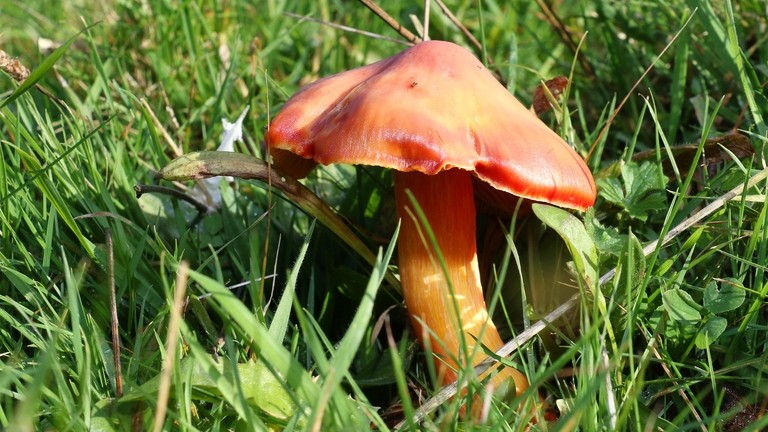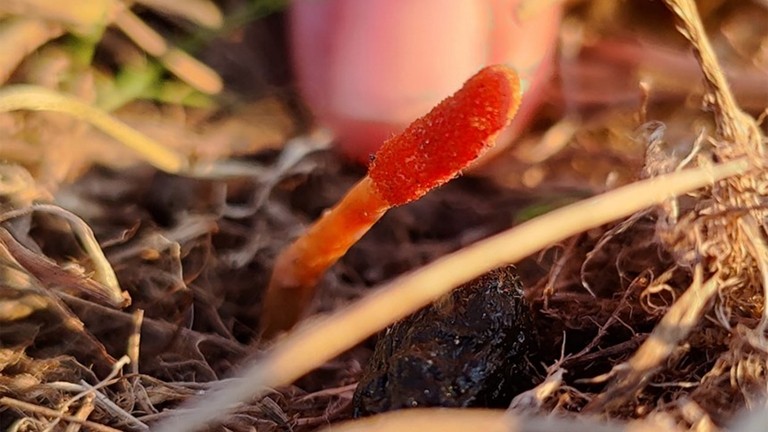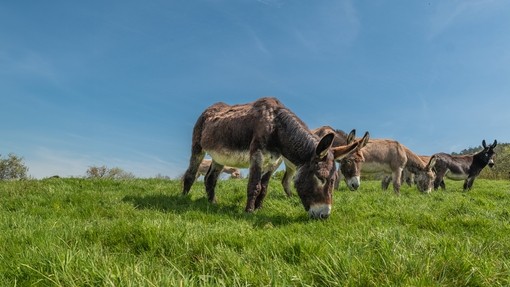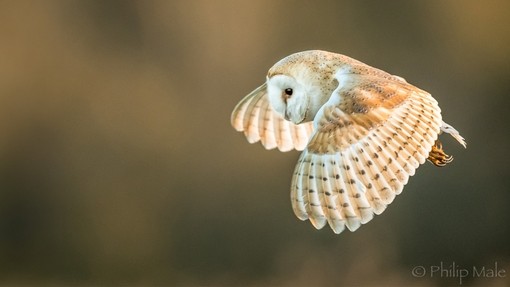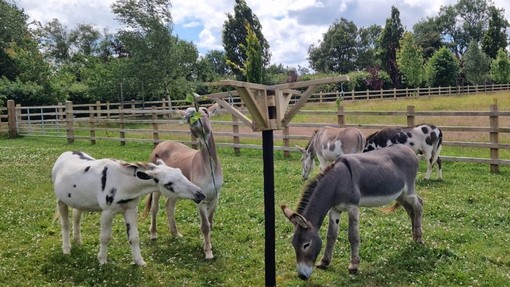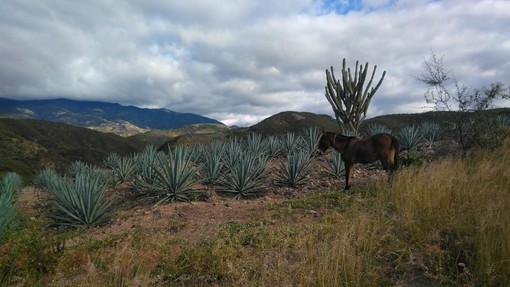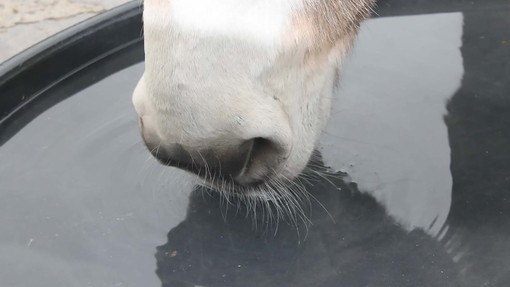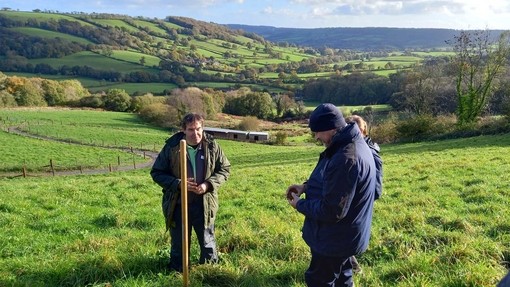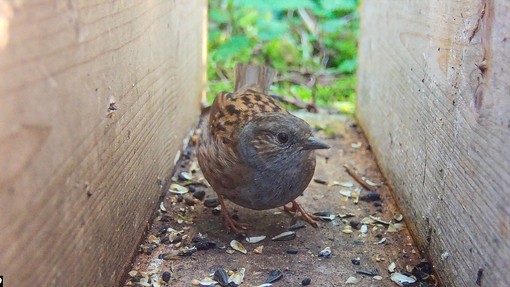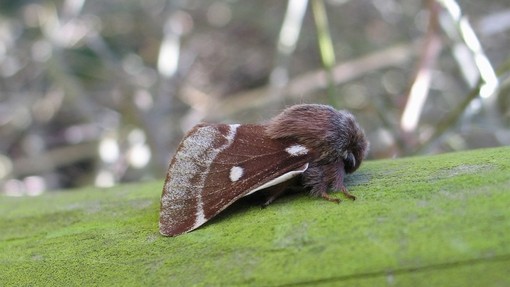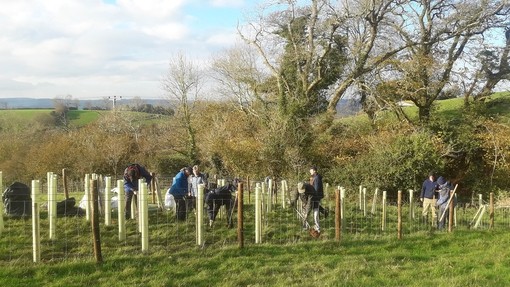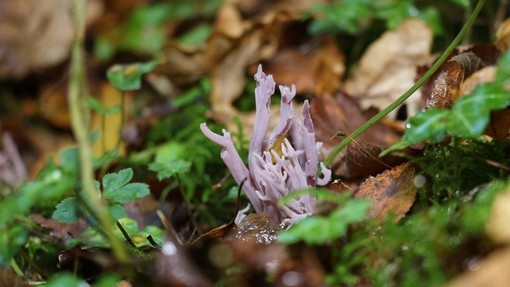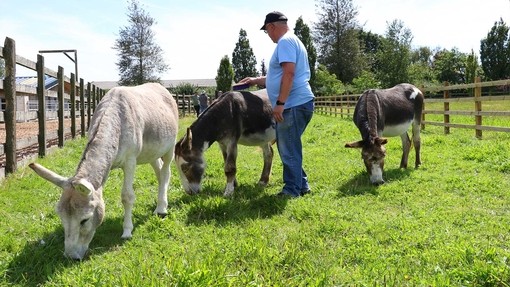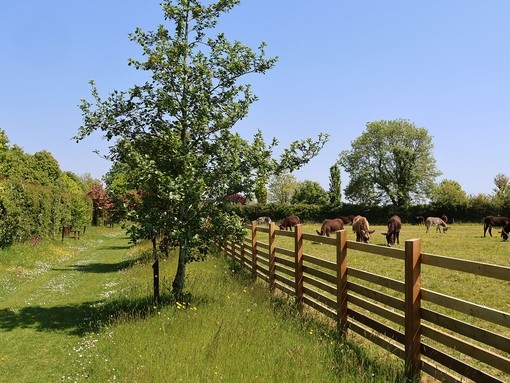
Enriched environments for our resident donkeys
Tireless work by our Ecology and Conservation team, with their trusty band of volunteers, ensure native flora and fauna thrives across our sanctuary sites.
Since we began documenting, over 1,000 species have been recorded with at least 27,000 wildlife sightings - ranging from some of the UK’s smallest invertebrates and plant life to our largest well-known mammals.
Around 70 species of conservation concern (i.e. listed on U.K. BAP Priority Species list, IUCN Red List of Threatened Species, BTO Conservation Concern lists) have been seen around our sites too, which is just one of the encouraging signs of the positive effect of our conservation work.
Eighty-two species of birds have been recorded, with 40 species of conservation concern. These include 17 red-listed species, such as cirl bunting, lapwing, fieldfare, woodcock and spotted flycatcher.
In April this year, the rare cirl bunting was spotted with nesting material in its beak at the Sidmouth site. There is a strong conservation effort for this rare farmland bird in the south-west so it is particularly exciting to see it making itself at home at the sanctuary.
Much of the work by the Ecology and Conservation team includes creating species-rich grassland, planting trees and restoring hedgerows, all of which provides healthy habitats for both wildlife and our donkeys.
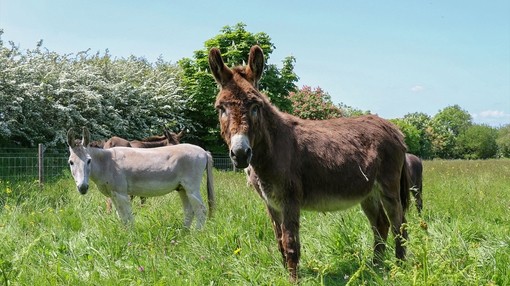
Traditional hedge-laying methods have helped regenerate hedgerows, providing an excellent habitat for birds, small mammals, insects and reptiles, as well as a secure natural barrier to keep the donkeys safe.
Bats have no doubt benefitted from this work with 13 species sighted, while across the sanctuary 40 species of mammals have been recorded, including hedgehog, hazel dormouse, harvest mouse and otter. Four types of reptile and five amphibian species have also been identified.
The sanctuary is literally buzzing with 46 species of Hymenoptera being recorded. At least 23 species of them are bees, and our ‘bee hotels’ sited around the sanctuary provide a safe place for them to nest.
A healthy diversity of invertebrates can also provide a good indication of a healthy environment, and among the 432 species, include 26 butterflies and 120 moths, 26 spiders, 42 species of fly, 80 beetle, 7 species of dragonflies and damselflies, and 10 species of crickets and grasshoppers.
Flora thrives too. Thirty one grasses are among the 388 plant species, while 11 species of lichen include the rare but wonderfully-named String of Sausages. Its distinctive appearance, with the branches swelling at intervals, are sensitive to air pollution and another good indication of the sanctuary environment.
Across the UK many species of plant and wildlife are seeing a marked decline in numbers, so it is once again encouraging to see some of these thriving around the sanctuary. Among them recorded include: Black oil beetle, Brown Long-eared-Bat, Harvest Mouse, Spotted Flycatcher, Ghost Moth and Yellowhammer, to name just a few.
Helen Cavilla, one of The Donkey Sanctuary’s Ecology and Conservation officers, said: “Monitoring wildlife and recording changes in the natural environment are vital for measuring biodiversity and assessing the health of habitats at The Donkey Sanctuary.
“These records help inform our conservation efforts, enabling us to create richer, more diverse environments that directly benefit both the donkeys in our care and the wildlife that shares their home.
“None of this would be possible without the dedication of our Conservation Volunteers, whose contributions have been invaluable to the monitoring and managing the habitats we look after.”
We are constantly looking at ways to improve and enhance the sanctuary environment through our ecology and conservation work. A diverse enriched environment is clearly of great benefit to our wildlife, but it is also good news for us all and our resident donkeys, both now and for generations to come.
Discover more about the work of our Ecology and Conservation team
Share this page
Tags
- News

